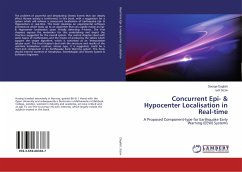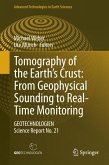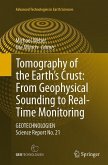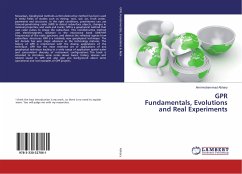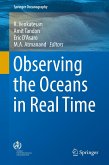This book describes a new approach, named Variometric Approach for Displacements Analysis Stand-alone Engine (VADASE), originally designed to detect in real-time the 3D displacements of a GNSS receiver. VADASE is based upon a so called variometric algorithm able to retrieve in real-time the displacements of a unique receiver, with accuracies ranging from few centimeters up to a couple of decimeters. Eventually, VADASE was appointed as an effective contribution to GPS Seismology. First, the state of the art of GPS Seismology and the advantages and limitations that GNSS receivers can bring about with respect to seismology instruments are presented. Further, a review of the main applications that benefit from high-rate GNSS data availability is given, with an insight on earthquake and tsunami early warning systems. Then, the book illustrates VADASE functional model and the results obtained in several scenarios simulated by a Spirent GNSS data simulator. Importantly, receiver displacements achieved for real earthquakes by VADASE are assessed with respect to those obtained by the most used strategies in GPS Seismology (i.e. Precise Point Positioning and Differential Positioning).
Bitte wählen Sie Ihr Anliegen aus.
Rechnungen
Retourenschein anfordern
Bestellstatus
Storno


